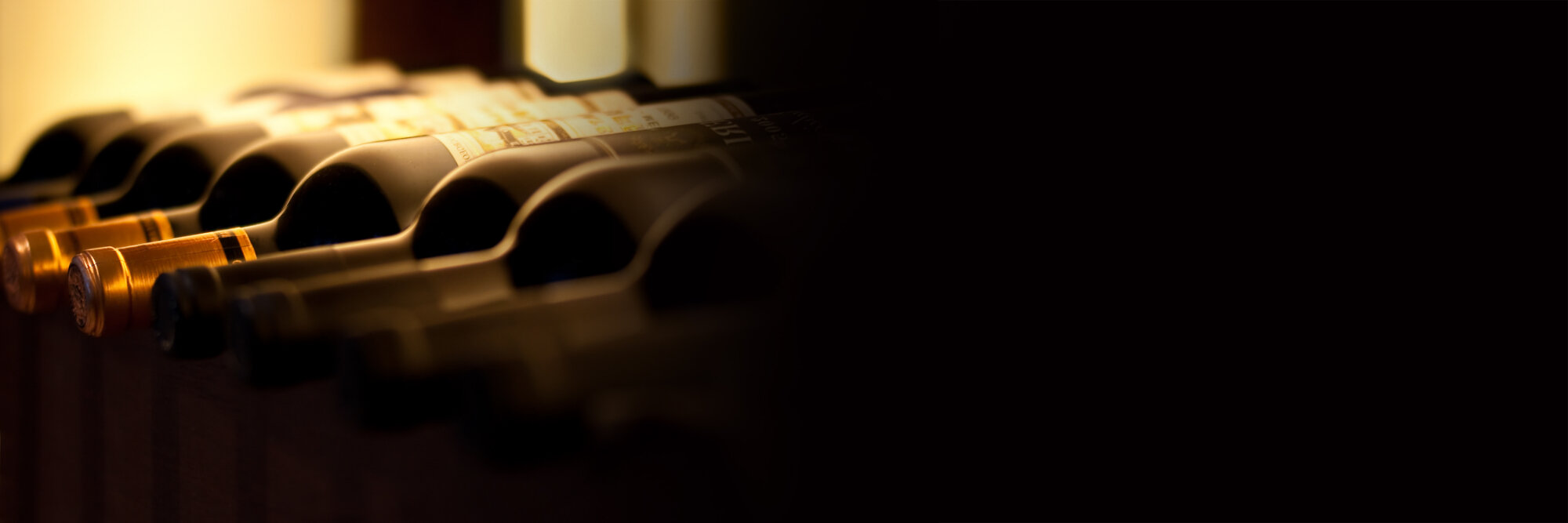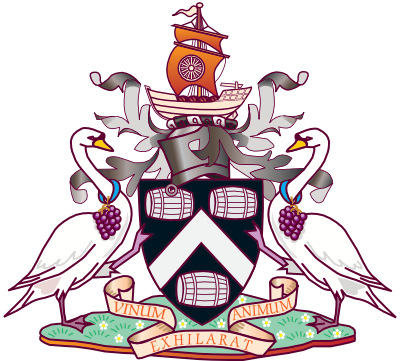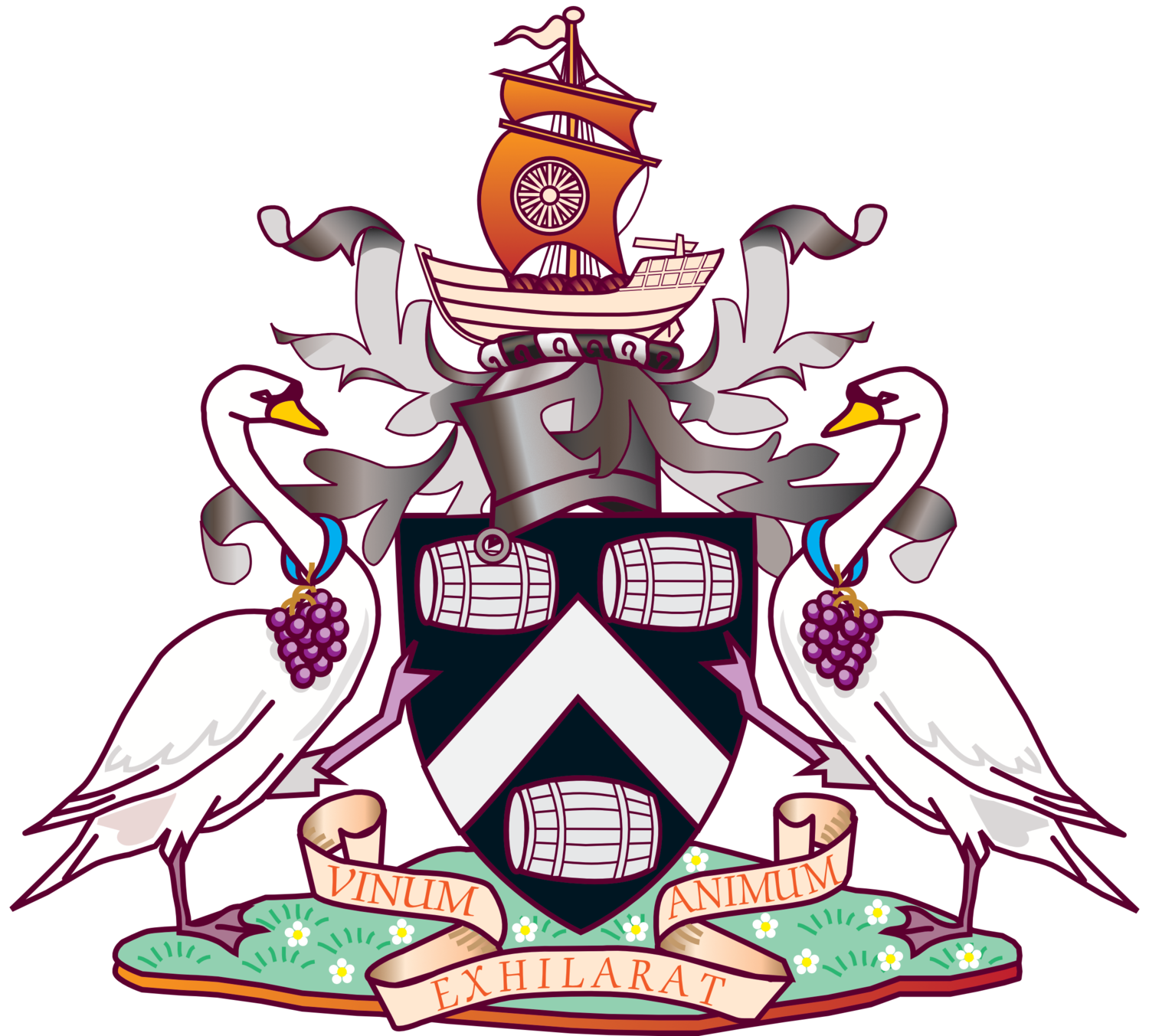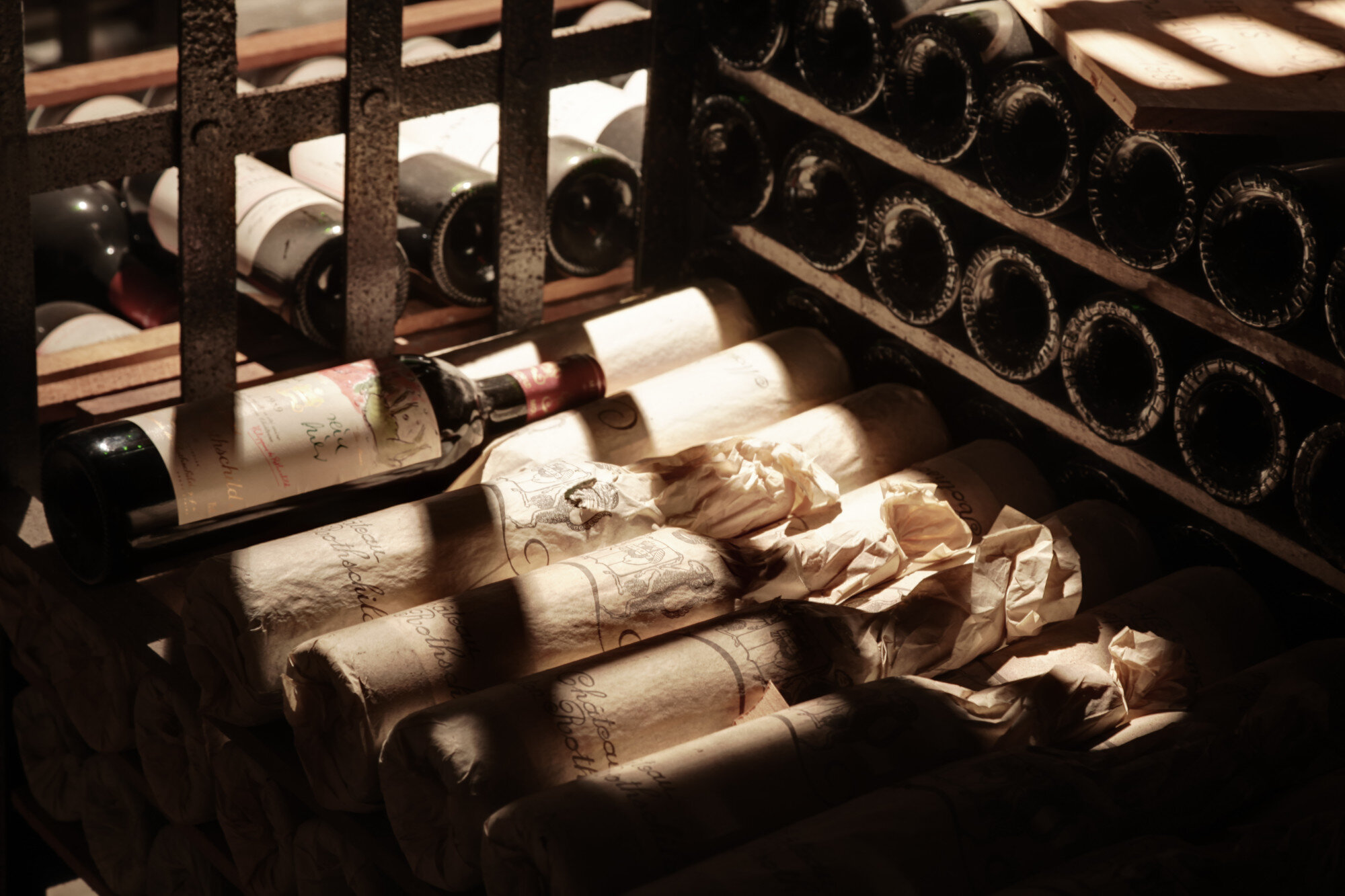
Introduction & Origins
The Vintners' Company, with its first Charter in 1363, is one of the Twelve Great Livery Companies of the City of London.
Wool and wine were the two prominent trades of the Middle Ages. By the early 13th century the 'Mistery of Vintners' - associated with the church of St Martin in the Vintry and, to a lesser extent, St James Garlickhythe - was an organised and powerful body, dominating the wine trade in London and the rest of the country.
With its trade, social, charitable and educational interests, the Company continues to play an important role in the 21st century.
Wool and wine were the two prominent trades of the Middle Ages. By the early 13th century the 'Mistery of Vintners' - associated with the church of St Martin in the Vintry and, to a lesser extent, St James Garlickhythe - was an organised and powerful body, dominating the wine trade in London and the rest of the country.
With its trade, social, charitable and educational interests, the Company continues to play an important role in the 21st century.
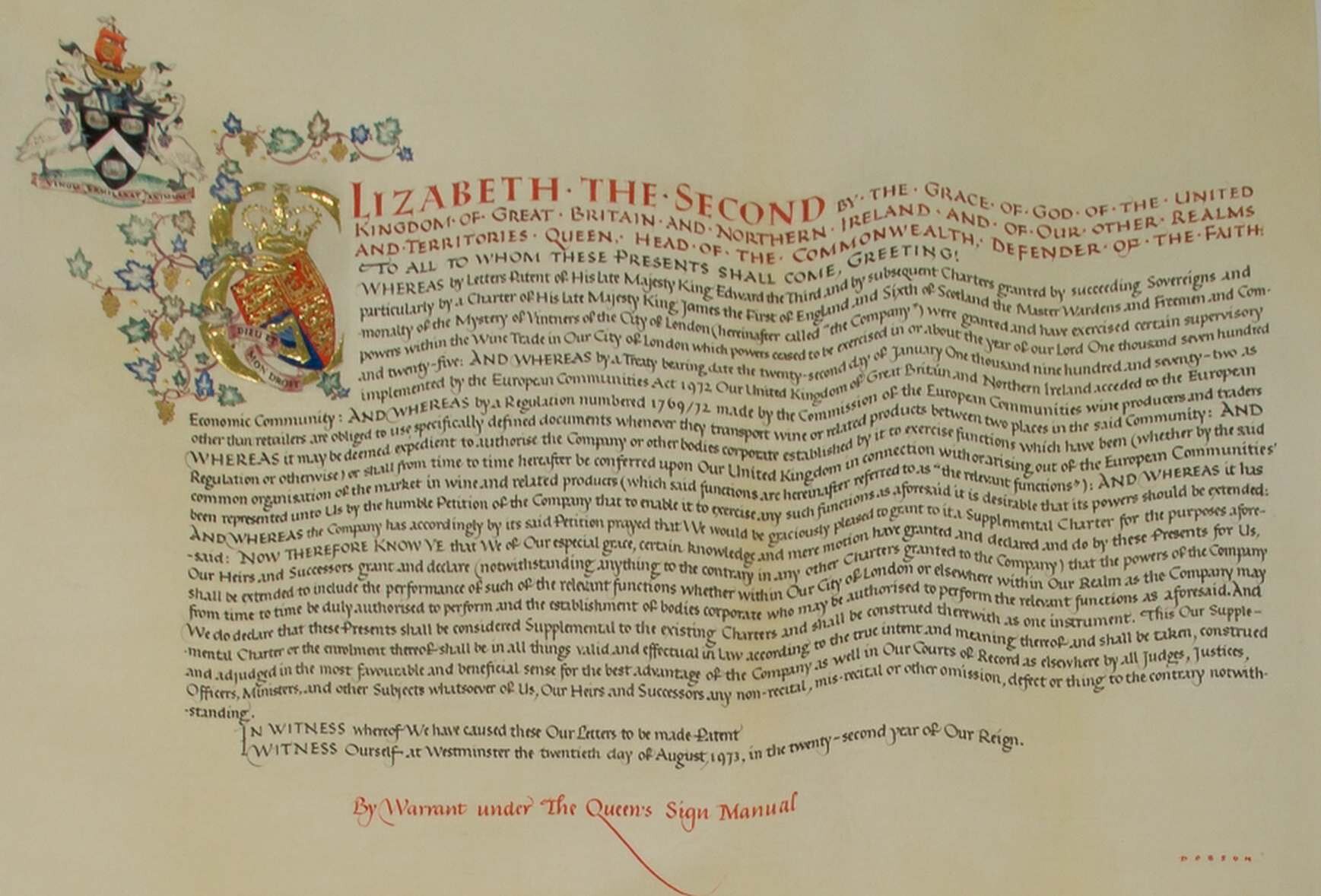
Although the social and economic traditions that gave birth to the Vintners’ Company have long since been overtaken by the development of industry and commerce, the Company continues to flourish.
The Company has succeeded in forging a new and valuable role for itself as an integral part of the wine trade in twenty-first century Britain, while at the same time proudly upholding the traditions that made it great in medieval London.
The twentieth century was marked by a steady progress towards the Company’s renewed interest in and support for its trade, culminating in the granting of a new Charter on the 20th August 1973.
This Charter authorised the Company to set up the Wine Standards Board to which the Government had delegated certain responsibilities for enforcing the E.U. wine laws.
The Company has succeeded in forging a new and valuable role for itself as an integral part of the wine trade in twenty-first century Britain, while at the same time proudly upholding the traditions that made it great in medieval London.
The twentieth century was marked by a steady progress towards the Company’s renewed interest in and support for its trade, culminating in the granting of a new Charter on the 20th August 1973.
This Charter authorised the Company to set up the Wine Standards Board to which the Government had delegated certain responsibilities for enforcing the E.U. wine laws.
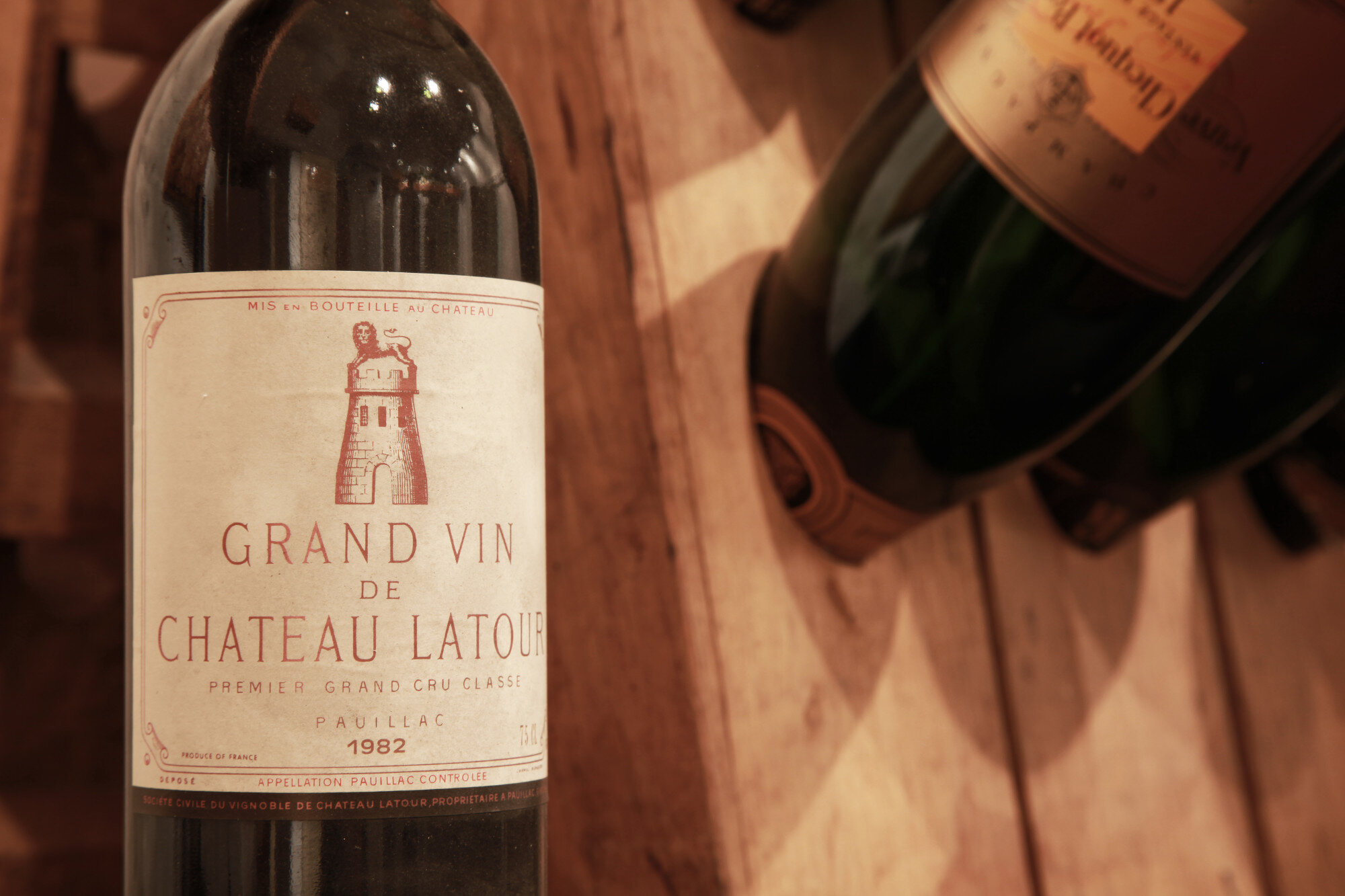
The Wine Standards Board transferred to the Food Standards Agency in 2006 and the Company’s association with it ceased. In 2006 the Company began an association with the Wine and Spirit Trade Association.
Naturally, the Company’s interest in its trade does not end there. Having been instrumental in setting up both the Wine and Spirit Education Trust and the Institute of Masters of Wine, the Company devotes a proportion of its resources to furthering wine education.
In 2007, the Company provided funds for the “Vintners’ Room” as part of the Wine Studies Centre at Plumpton College in East Sussex, which now has its own Wine Studies Degree.
In addition, it has long supported two Schools in Stepney. This support includes Arts Bursaries.
Over and above these educational projects, the Company also plays its part in donating sizeable sums to a wide range of London-based charities, especially those concerned with alcohol abuse. See the Charity section of this site for more information.
Tradition, however, is not forgotten and swans play a part in Company life, not only when they are marked during the Swan Upping week in July but also in the support given to swan sanctuaries on the Thames.
Vintners’ Hall also plays host not only to the Company’s social occasions but also to a number of charitable fund-raising events, other Livery Company events and a large number of corporate and private events.
Naturally, the Company’s interest in its trade does not end there. Having been instrumental in setting up both the Wine and Spirit Education Trust and the Institute of Masters of Wine, the Company devotes a proportion of its resources to furthering wine education.
In 2007, the Company provided funds for the “Vintners’ Room” as part of the Wine Studies Centre at Plumpton College in East Sussex, which now has its own Wine Studies Degree.
In addition, it has long supported two Schools in Stepney. This support includes Arts Bursaries.
Over and above these educational projects, the Company also plays its part in donating sizeable sums to a wide range of London-based charities, especially those concerned with alcohol abuse. See the Charity section of this site for more information.
Tradition, however, is not forgotten and swans play a part in Company life, not only when they are marked during the Swan Upping week in July but also in the support given to swan sanctuaries on the Thames.
Vintners’ Hall also plays host not only to the Company’s social occasions but also to a number of charitable fund-raising events, other Livery Company events and a large number of corporate and private events.
From Medieval beginnings
The history of the Vintners' Company is a fascinating story of trade, charity, politics and companionship.
Although the medieval, possibly even Saxon origins of the London guilds remain somewhat unknown, there is absolutely no doubt that in medieval London the Livery Companies, including the Vintners, exercised immense power in economic, social, political and religious spheres.
Although the medieval, possibly even Saxon origins of the London guilds remain somewhat unknown, there is absolutely no doubt that in medieval London the Livery Companies, including the Vintners, exercised immense power in economic, social, political and religious spheres.
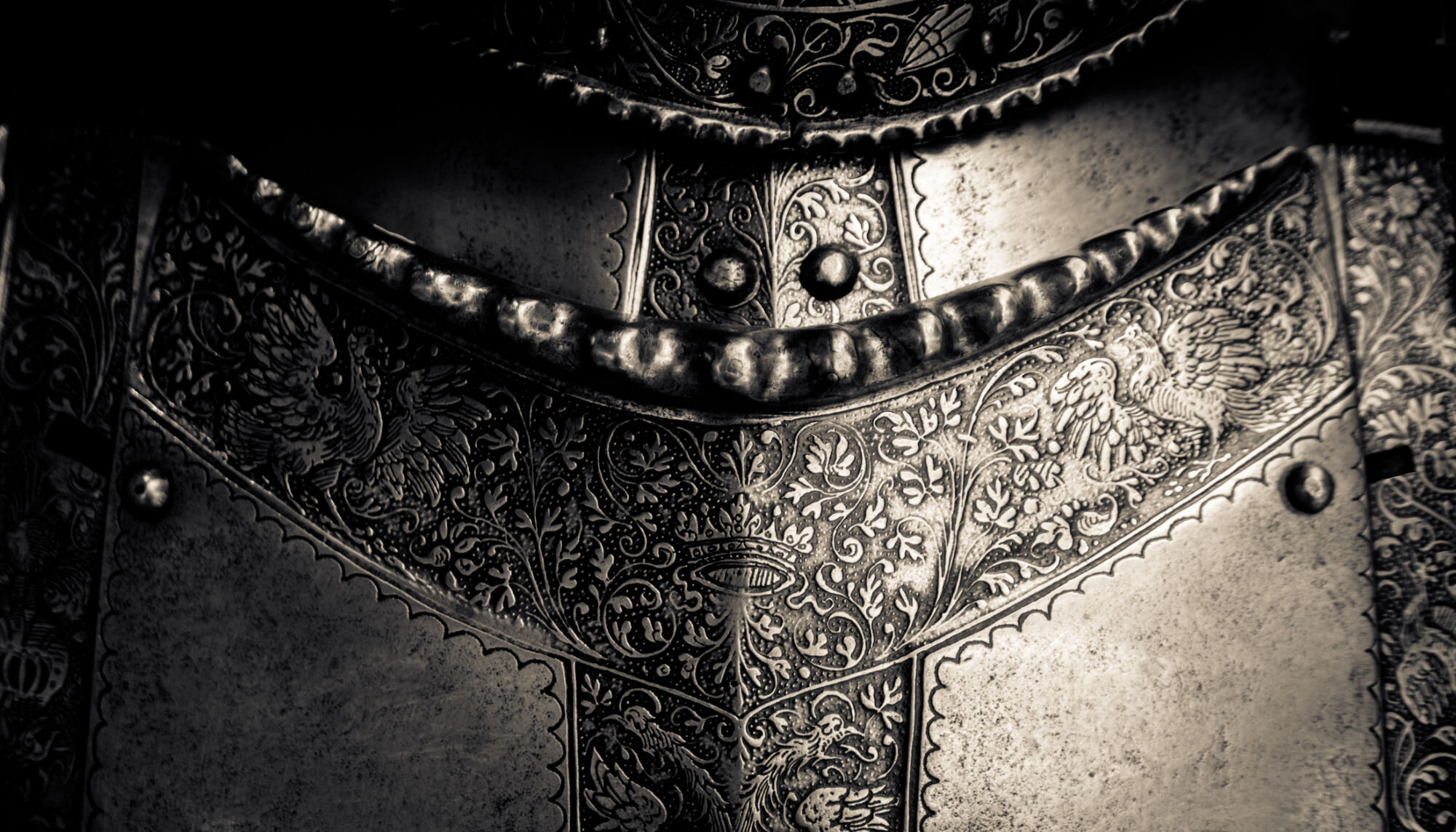
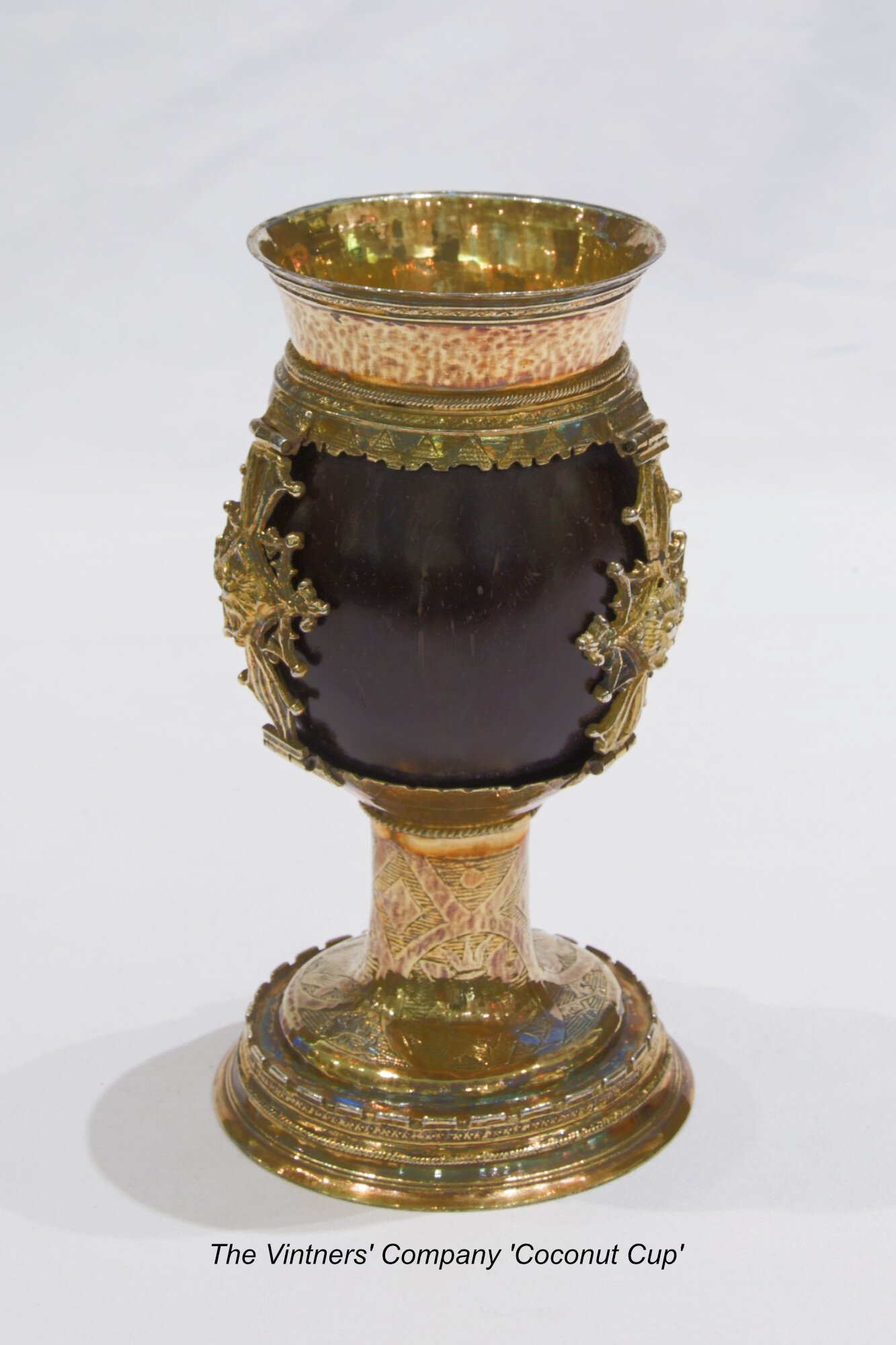
The origins of the Vintners’ Company, like most Livery Companies, are rather obscure.
Before the Norman Conquest, neighbourhood groups would meet in their local church, in the case of the Vintners, St. Martin in the Vintry. Persons of similar trade lived in the same area and so these local groups soon took on an economic element – the word ‘guild’ comes from the Anglo-Saxon ‘gildan’ meaning ‘to pay’. There are twelfth century references to ‘lawful merchants of London’ fixing the price of wine – one of the earliest indications of an official group governing the trade.
The Vintners’ first charter (15th July 1363) was in fact a grant of monopoly for trade with Gascony. It gave far-reaching powers, including duties of search throughout England and the right to buy herrings and cloths to sell to the Gascons.
The wine trade was of immense importance to the medieval economy – between 1446 and 1448, wine made up nearly one-third of England’s entire import trade. Through their first charter in 1363, the Vintners presided over this trade. The Vintners’ Company was placed eleventh out of the Twelve Great Livery Companies in the order of precedence of 1515.
Before the Norman Conquest, neighbourhood groups would meet in their local church, in the case of the Vintners, St. Martin in the Vintry. Persons of similar trade lived in the same area and so these local groups soon took on an economic element – the word ‘guild’ comes from the Anglo-Saxon ‘gildan’ meaning ‘to pay’. There are twelfth century references to ‘lawful merchants of London’ fixing the price of wine – one of the earliest indications of an official group governing the trade.
The Vintners’ first charter (15th July 1363) was in fact a grant of monopoly for trade with Gascony. It gave far-reaching powers, including duties of search throughout England and the right to buy herrings and cloths to sell to the Gascons.
The wine trade was of immense importance to the medieval economy – between 1446 and 1448, wine made up nearly one-third of England’s entire import trade. Through their first charter in 1363, the Vintners presided over this trade. The Vintners’ Company was placed eleventh out of the Twelve Great Livery Companies in the order of precedence of 1515.
From the ‘Agas’ Map of the late 1550s.
Queenhithe is in the top centre, and Vintners’ Hall (not marked) is a little to the east, behind the watergate and Three Cranes Wharf. (Queen Street does not yet exist.) St Martin Vintry is shown on the west side of College Hill, here named ‘Whytyngton Colledge’. The church building is indicated by ‘S.Martin’. [source: London Metropolitan Archives]
Under the early Stuarts, the Company attempted to regain its importance, but having been involved with Charles I, it suffered in prestige from political attacks and financially from penal taxation when Parliament came to power in the 1640s. The further curtailment of privileges by Charles II and James II badly damaged the Company’s influence; and the Great Fire of London in 1666 destroyed not only the Hall but also many of its other properties, and great financial loss resulted.
Although William III and Mary II restored the privileges removed by James II, the Company did not recover its former dominance. In 1725 the duty of search was finally abandoned, and fewer members of the Trade were becoming members of the Company.
The Vintners’ Company was associated with the other City Companies in James I’s scheme for the plantation of Ireland. It owned estates there known as “Vintners’ Manor” or “Bellaghy” until 1737, when it sold them subject to a rent charge of £200 p.a. and “a brace of good bucks.”
Although William III and Mary II restored the privileges removed by James II, the Company did not recover its former dominance. In 1725 the duty of search was finally abandoned, and fewer members of the Trade were becoming members of the Company.
The Vintners’ Company was associated with the other City Companies in James I’s scheme for the plantation of Ireland. It owned estates there known as “Vintners’ Manor” or “Bellaghy” until 1737, when it sold them subject to a rent charge of £200 p.a. and “a brace of good bucks.”
Lands belonging to the Vintners’ Company
The Vintners’ Company Court room circa 1842
The Livery Companies came under severe political attack during the nineteenth century.
Fortunately, the Company was able to show to the Charity Commission and the City of London Livery Companies’ Commission that it was caring for its estates and was spending more on its charities than was legally required. It even managed to keep the remnants of its once enormous power, the privilege of selling wine without licence in London, within three miles of its walls and in certain specified ports and thoroughfare towns between London and Dover and London and Berwick.
The twentieth century was marked by a steady progress towards the Company’s renewed interest in and support for its trade, culminating in the granting of a new Charter on the 20th August, 1973.
Fortunately, the Company was able to show to the Charity Commission and the City of London Livery Companies’ Commission that it was caring for its estates and was spending more on its charities than was legally required. It even managed to keep the remnants of its once enormous power, the privilege of selling wine without licence in London, within three miles of its walls and in certain specified ports and thoroughfare towns between London and Dover and London and Berwick.
The twentieth century was marked by a steady progress towards the Company’s renewed interest in and support for its trade, culminating in the granting of a new Charter on the 20th August, 1973.
Publications
You may read the brochures below online (click on full screen) or use the controls to share, download a PDF version or search
